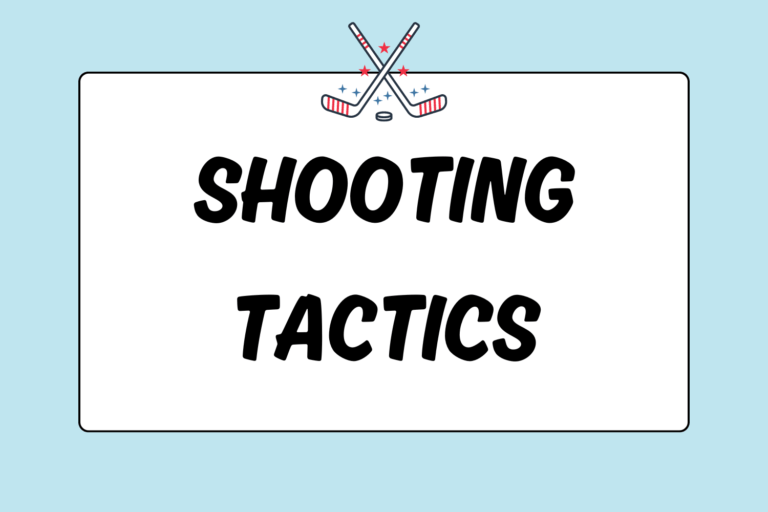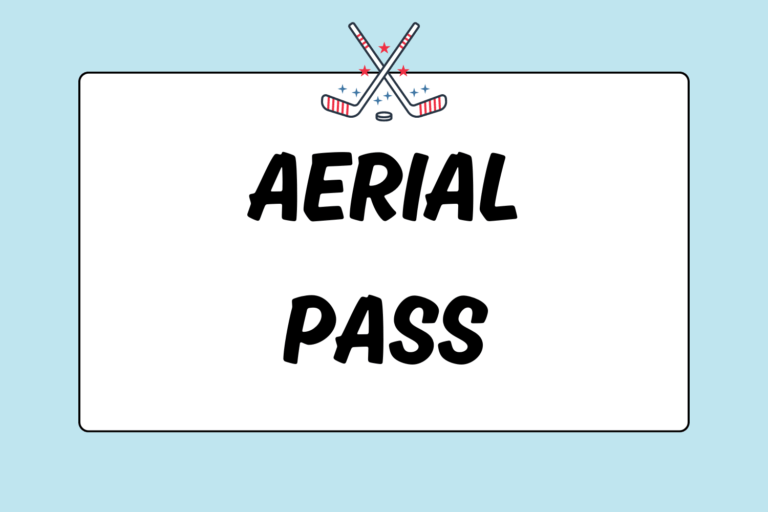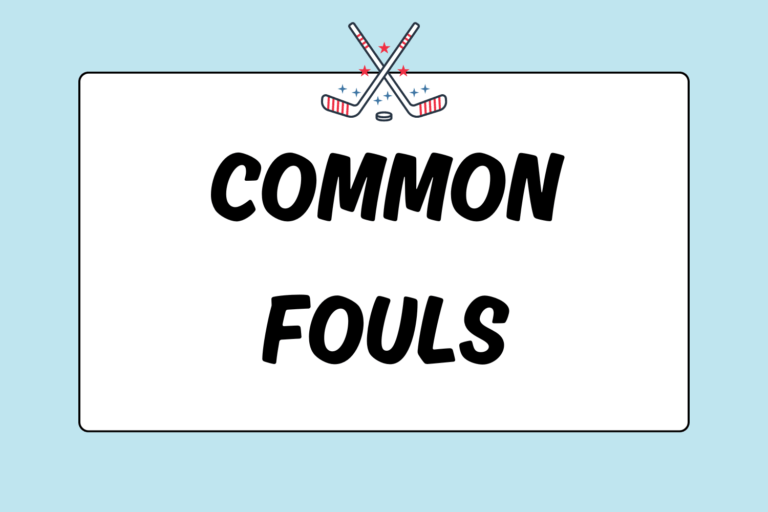With field hockey being such a dynamic sport, it is important to focus on building your cardiovascular fitness through endurance training and anaerobic circuits. This guide will focus on interval training, where an athlete works through intervals of grueling anaerobic exercises. Interval training helps build the sport-specific muscles needed to make dodges, quick direction changes, and hard hits. Read on to learn a few interval exercises that can benefit your game!
Intervals
Interval training is designed to give your body high-intensity workouts with little rest between each cycle. It does not give your muscles enough time to recover, which forces them to work harder each round. Your body compensates by building muscle faster.
Depending on your level of fitness or desired training time, you can vary your intervals. As a general guideline, interval training is characterized by four-minute intervals. Each interval consists of eight, 20-second work cycles with 10-second rest periods. In the workout listed below, the total exercise time would be 28 minutes (this includes a five-minute warm-up and cool-down period):
- Warm up (5-10 minutes) by completing a few calisthenic stretches to loosen your muscles.
- Start the first four-minute round, alternating between two exercises. Do each exercise for 20 seconds with 10 seconds of rests in between.
- End the first four-minute round with a two-minute rest period.
- Start the second four-minute round. Again, alternate between two exercises, working each for 20 seconds and resting for 10 seconds.
- Follow the second round with a two-minute rest period.
- Begin the final four-minute round, again alternating between two exercises. Work each exercise for 20 seconds, and then rest for 10 seconds.
- End the third round with a two-minute rest period.
- Cool down (5-10 minutes) by stretching and allowing your heart rate to gradually return its resting state.
Exercises
As mentioned in the instructions, you will need to choose two exercises to pair together for each round. Listed below are a few examples of exercises, along with variations, that you can pair together. Choose the variations that suit your personal fitness level.
Opposite Arm / Leg Reach
This exercise will increase your balance and stabilization, both of which are needed in field hockey. It targets the muscles along the spine, as well as the glutes and shoulder deltoids. To complete this exercise:
- Start on your hands and knees. Keep your knees under your hips. Straighten your arms and place them directly under your shoulders.
- Lift one leg back and bring your opposite arm forward. Bring both to about shoulder-height, and then bring them back to the ground.
- Keep your core stable as you alternate between hands and legs.
Bear Crawls
Bear crawls are a total-body workout. They work every major muscle in your body, including your arms, shoulders, traps, neck, core, thighs, hamstrings, calves, wrists, and hands. Athletes use them as anaerobic exercises to strengthen their entire bodies. To complete a bear crawl:
- Stand with your feet about shoulder-width apart. Bend forward until your hands touch the ground, and walk them out a few steps. You don’t want your hips high in the air, so lower your body until it is fairly close to the ground (slightly higher than where it would be at the top of a push-up). Keep your back as straight as possible. Your legs and elbows should have a slight bend in them.
- Move one hand and the opposite foot forward as you crawl. For example, crawl forward with your right hand and left foot. As you move forward, make sure to keep your core stable.
- Crawl forward about 20 yards and then back to your starting position. Repeat.
Hop Variations
Hopping on the balls of your feet will help you build leg muscles. These muscles will allow you to make quick direction changes while staying light on your feet. Doing this, you’ll never get caught flat-footed in a game:
- Line hops: Using a real or imaginary line, jump forward and backward, and side-to-side, with both feet at the same time.
- Triangle hops: Hop as though you were jumping back-and-forth from each point in a triangle.
- “X” hops: Start with your feet apart and hop forward, bringing your feet together. Hop forward again, separating your feet to about shoulder-width. Then hop backwards, bringing your feet together. Hop backwards once more as you separate your feet. Repeat.
Push-up Variations
Building your upper body strength will help increase the power of your hits and improve your stick-handling skills. Push-ups work muscles in the arms, chest, and shoulders:
- Traditional push-ups: Get in the push-up position. Straighten your arms directly under your shoulders and extend your legs out behind out. Stay balanced on your hands and your toes. Keep your back straight and your abs tight. In a controlled manner, bend your arms to bring your body low to the ground. Then push back up into the starting position with your arms extended. Repeat.
- Negative push-ups: Start in a push-up position with your arms extended below your shoulders. Keep your back straight and flex your abs. Bend your arms in a controlled manner for five seconds, slowly bringing your body all the way to the ground. Then bring yourself back up.
Speed Skater Variations
Speed skaters are great for working out your glutes, quads, and hamstrings. They also help develop the muscles needed to make quick direction changes in the game by pushing off your outside foot.
- Keep your back straight and knees bent. Moving side-to-side, push off your outside leg toward the opposite direction. For example, if you want to jump to the right, your outside leg would be your left.
- Controlled push: Focus on controlling your range of motion as you move back-and-forth. Push off of each leg with equal force.
- Explosive push: Push harder off your outside leg. Focus on getting more space between the legs each time you transition.
- Racing: After an explosive push, kick your opposite leg behind your planted foot and reach your opposite arm across your body. Swinging the arm and leg will give you the most explosive transition.
Mountain Climber Variation
Mountain climbers improve your cardio fitness and build your abs, glutes, and leg muscles. If you want explosive power when accelerating into a sprint, these exercises are for you!
- Start in the push-up position with your arms extended under your shoulders.
- Drive one knee up to your chest (lifting your foot off the ground). As you bring that leg back down, alternate bringing the opposite knee up. Keep your shoulders and core stable (no rocking).
- Controlled: Bring your knees in slowly and controlled.
- Running: Keep your shoulders stable and bring your knees up to your chest as fast as possible.
- Double time: Drive both knees forward to your chest, and then drive both back.
Get Out, Get Active
By focusing on building your cardiovascular endurance through long distance running and on anaerobic exercises and circuit training, you can get in shape very quickly. These exercises can help make you a better player, as they will strengthen and tone the muscles used for various aspects of the game. By conditioning with interval training, you will get in shape and improve your hockey skills tenfold!





